Built differently to simplify data protection anywhere.
Powered by the world's first development platform for data protection, HYCU Data Resiliency Cloud (R-Cloud) offers the only Data Protection as a Service that can extend protection to all of your data - wherever it resides.
Simple, reliable backup & recovery for your business-critical SaaS apps and cloud services.
Now available for the following applications:
WHY HYCU EXISTS
HYCU, #1 SaaS data protection platform
Data is the lifeblood of any organization. But you probably don’t know where all your data is—the average company has over 200 data silos. In the era of hybrid cloud, SaaS, and ransomware threats, most organizations face two big questions:
Where is our data?
And is it protected?
HYCU R-Cloud helps your organization ensure that data is protected, wherever it resides.
Features
HYCU R-Cloud protects critical data from on-premises, to public cloud, to SaaS.
Image

See your entire data estate.
- Gain a comprehensive view of the entire data estate across public and private clouds, traditional apps & databases, and SaaS, PaaS, & DBaaS.
- Intuitive icons enable you to quickly identify the protection status & easily take action to protect your IT resources.
Image
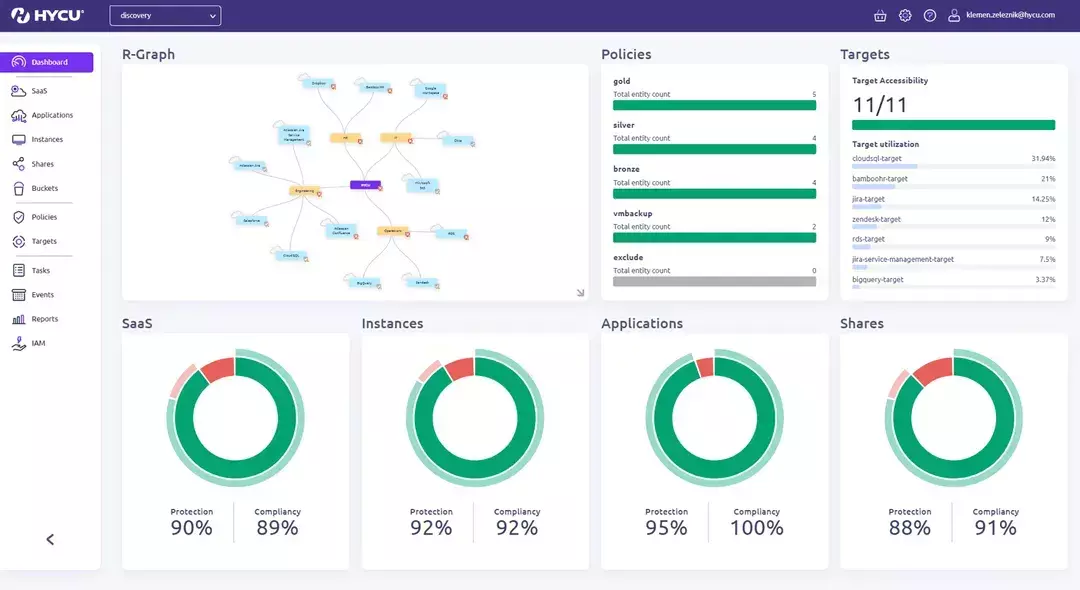
Simplify management.
- HYCU R-Cloud single pane of glass dashboard provides a bird's eye view of your data estate.
- Easy to navigate so admins can manage all data protection policies from a single UI.
- Self-service from day one - Deliver role-based access controls and empower admins and users to protect and restore critical data when they need to.
Image
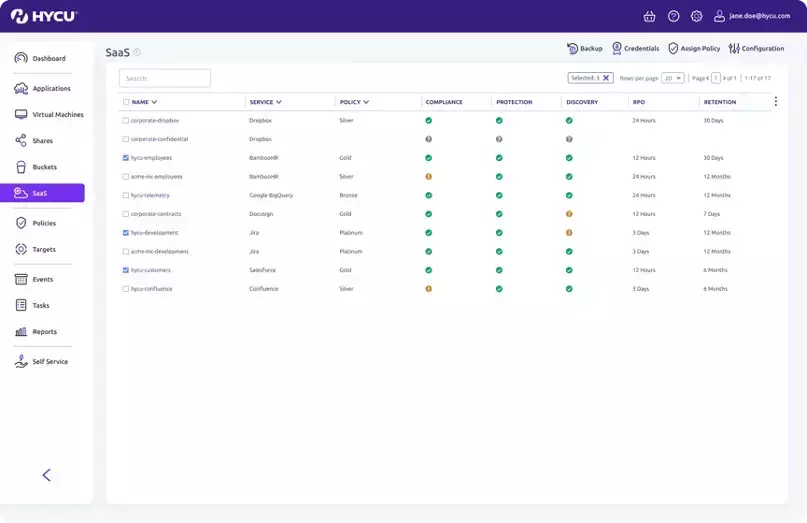
Protect with ease & recover with confidence.
- Back up your data with one-click simplicity - predefined policies enable users to set and forget backup policies with just a click.
- Granular recovery - Quickly recover granular elements across your data estate, all in the terminology native to each platform or application being recovered.
Forget legacy data protection solutions.
Why settle for point solutions that reinforce the problem—too many tools and not enough control and visibility? HYCU R-Cloud provides a unified, headache-free experience, no matter where your data resides.
Public Clouds
Effortless, scalable, cloud intelligent backup and recovery for true multi-cloud data protection. Yes, it can be this easy.
Private Clouds & Data Centers
Enjoy high-performing data protection for resilient, available private cloud & data center workloads.
SaaS, PaaS & DBaaS
Backup & recovery for your as-a-Service applications and cloud services.
Apps & Databases
Backup, recover, and migrate your business-critical apps and databases to ensure your data is always available when and where you need it.
Experience complete data control (it feels liberating—trust us) with a Data Protection as a Service solution that's as easy as 1-2-3.
1
Click Backup
2
Min Recovery
3
Min Setup
Backup that always has your back.
Our platform is thoughtfully designed to provide a sigh of relief, not another headache—regardless of your IT team’s size or the complexity of your data environment. Back up your workloads quickly and easily. One-click recovery, granular recovery objectives and application-consistent backups cut disaster and ransomware downtime to minutes, not days or weeks.


